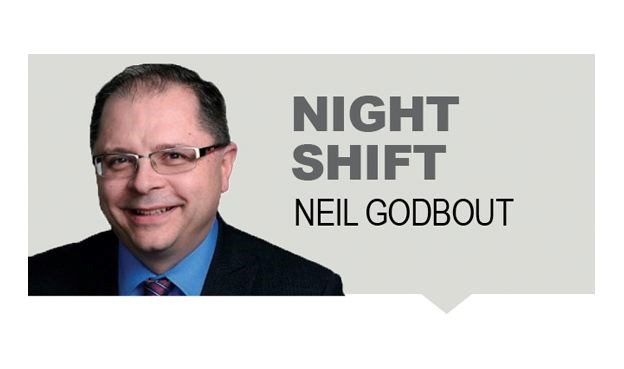Some governments and political leaders – and even U.S. President Donald Trump - are encouraging the use of face masks in certain public settings where physical distancing is impossible.
If the optimistic forecasts on how long it will take to develop a safe COVID-19 vaccine are wrong and researchers are years, not months, away from something available for mass distribution, face masks may become far more commonplace.
If people want to go back to work, attend large gatherings and so on, the face mask may be the stopgap measure for people to keep themselves and their loved ones safe from inadvertent exposure and transmission.
Masks could also become fashion statements, as well as virtue signals. In other words, wearing one would broadcast to others that you’re educated, you care about the well-being of others and your vanity takes a back seat to your social conscience.
Many millions of women already wear face coverings in public for religious reasons, so the idea of face masks becoming a community standard isn’t out of the question.
But it is unlikely.
Particularly in Western culture, the mask is feared, the face revered.
Face masks, even for public health reasons, are seen as a potential threat by the viewer and an attack on individuality by those forced to wear them. Inside an operating room, surgeons save lives. Outside of that room, seeing someone wearing a face mask and carrying a small, surgical blade is terrifying.
Covering one’s face is criminal, at best someone with something to hide. It would make sense for everyone in this part of Canada to wear a ski mask when spending anytime outdoors when it’s -20 C or colder. Almost no one does, partly out of fashion but mostly because no one wants to look like a bank robber.
There is a deep, cross-cultural faith in the face. It is the first barometer of physical beauty (and, sadly, repulsion). People (and dogs) use the face to gauge emotion. As many people have learned during this pandemic, American Sign Language would be next to impossible without a full view of the entire face. When many people say “I need to see you,” they mean they need to see your face. It’s called FaceTime and Facebook. We face the music, face our problems and our fears.
The answers are staring us right in the face.
We can’t help but see faces everywhere, from our plug ins to our bathtub faucets. Most people instantly see a two-dimensional circle with two dots and a line inside, forming an inverted triangle, as a face. Seeing faces in objects is called pareidolia and is a field of study. The most famous and revered painting in human history is simply a woman’s face. Helen of Troy’s face launched a thousand ships. Neville Chamberlain needed a face-to-face meeting with Adolf Hitler to learn the German Chancellor was a good and honest man.
Those last examples reveal how views of faces – real or artistic illusions – say far more about the viewers than they do about the actual face. Even when we know faces are a mask of deceit and lies (or just a poker face), we are still committed to our faith that this unusual collection of skin and bones and muscles is nothing less than a window to the soul, the core of one’s identity.
For so many logical reasons, it makes perfect sense for people to cover their faces in so many settings, to protect themselves and to help keep both loved ones and perfect strangers safe. Even before this pandemic and certainly after it, wearing face masks in public would save lives and prevent much illness and human suffering.
Yet for so many cultural, emotional and deeply psychological reasons, all of that logic is irrelevant.
Even when we face facts, the face comes first.



